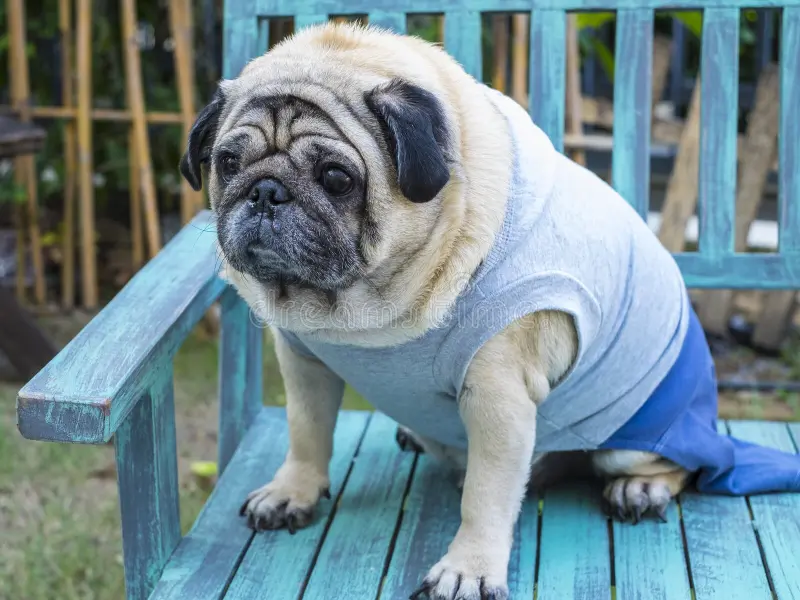Embarking on the journey of being a first-time pug owner is an exciting adventure filled with joy and companionship. Pugs, with their endearing personalities and distinctive looks, make wonderful additions to any family. To ensure a smooth transition into pug parenthood, here are some essential tips for first-time owners.
- Understanding Pug Traits:
Before bringing a pug home, familiarize yourself with the breed’s characteristics. Pugs are affectionate, social, and often referred to as “velcro dogs” for their love of being close to their owners. They thrive on companionship and may experience separation anxiety if left alone for extended periods.
- Regular Exercise Routine:
While pugs are not marathon runners, they do require regular exercise to maintain a healthy weight and mental well-being. Establish a daily exercise routine, including walks and playtime. Be mindful of their brachycephalic (short-nosed) nature, and avoid strenuous activities in extreme weather conditions.
- Balanced Nutrition:
Maintain a balanced and nutritious diet for your pug. Consult with your veterinarian to choose the right dog food, considering their age, weight, and any specific health concerns. Be cautious with portion sizes to prevent overfeeding, as pugs are prone to obesity.
- Regular Grooming:
Pugs have a short, double coat that sheds, and they require regular grooming to keep their coat healthy and minimize shedding. Brush your pug a few times a week, clean their facial wrinkles, and check their ears regularly. Be attentive to their dental hygiene, brushing their teeth regularly to prevent dental issues.
- Socialization is Key:
Pugs are social beings that thrive on interactions. Start socializing your pug early to ensure they are comfortable with various people, animals, and environments. Positive exposure during their puppyhood sets the foundation for a well-adjusted and confident adult pug.
- Training with Positivity:
Pugs respond well to positive reinforcement-based training. Use treats, praise, and affection to reward good behavior. Start with basic commands like sit, stay, and come. Consistency and patience are key to a well-trained and obedient pug.
- Health Check-ups:
Schedule regular veterinary check-ups to monitor your pug’s health and address any concerns promptly. Keep up with vaccinations, parasite prevention, and dental care. Early detection of health issues is crucial for maintaining your pug’s well-being.
- Provide a Comfortable Environment:
Create a safe and comfortable living space for your pug. Pugs are sensitive to temperature extremes, so ensure they have a cozy bed and access to water. Be cautious with extreme temperatures, as pugs can struggle in both hot and cold weather.
- Be Mindful of Their Sensitivities:
Pugs can be sensitive to certain environmental factors, such as strong smells and loud noises. Pay attention to their reactions and provide a calm and soothing environment, especially during new experiences.
- Enjoy the Journey:
Above all, enjoy the journey of being a pug parent. Embrace the love, laughter, and unique quirks that come with having a pug. Their affectionate nature and playful antics will bring joy to your life, making the experience of being a first-time pug owner truly special.


Leave a Comment